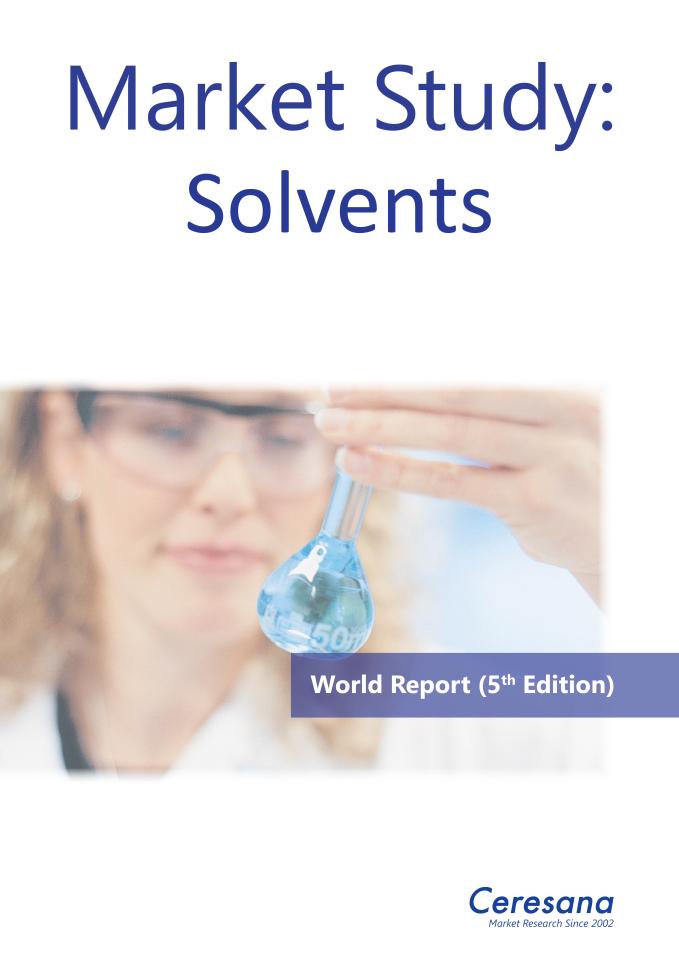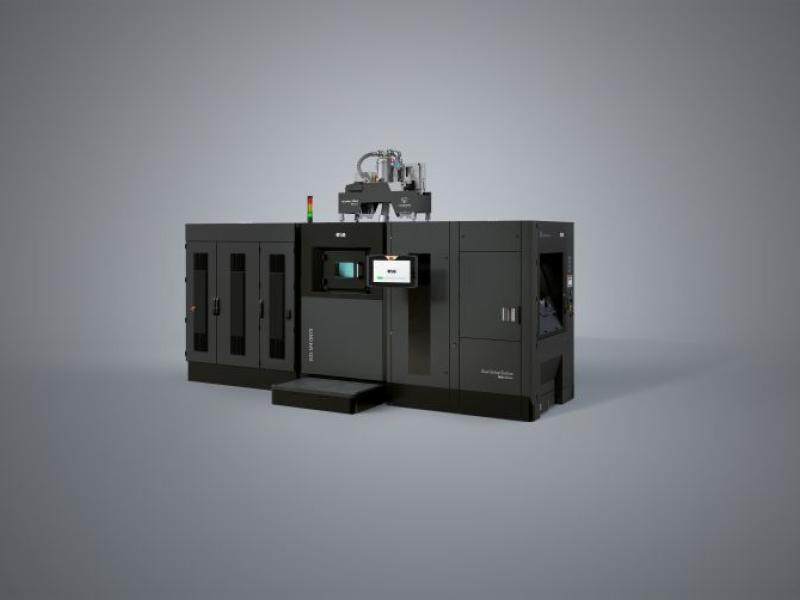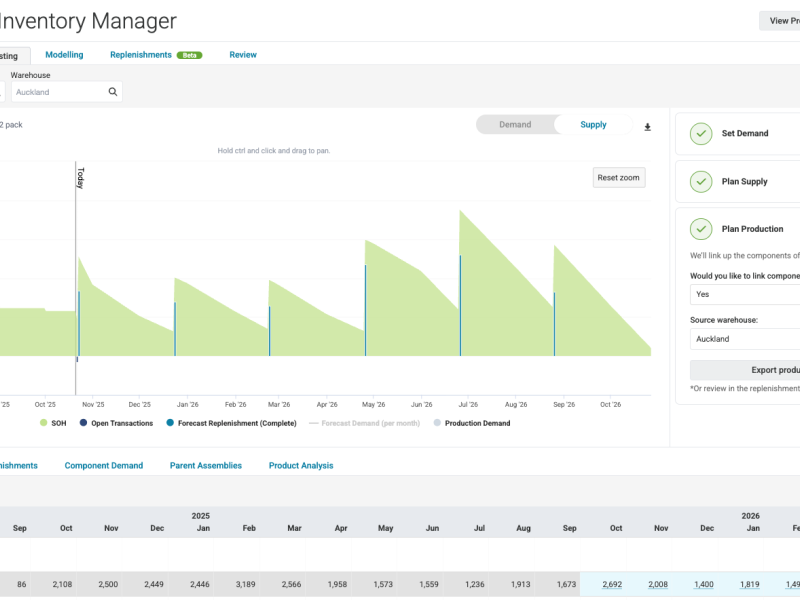Are solvents a solution to our waste problem? In any case, they can be used to recover raw materials that are as good as new, even from mixed or contaminated waste: Solvents allow targeted and clean removal of unwanted plastic types, labelling, and impurities. Chemical plastic recycling is an innovative application example for solvents. The potent chemicals can dissolve or dilute other substances without chemically altering them. Not only precision cleaning agents for printed circuit boards and microchips, but also nail polish remover and numerous other everyday products would hardly be possible without isopropyl alcohol, acetone, and more. Ceresana has now analysed the global market for solvents for the fifth time.
Chemicals for a colourful world
Solvents make paints and coatings processable and make it possible to control their properties in a targeted manner. With around 47% of total demand, companies in the paint industry are the largest consumers of solvents. According to Ceresana’s solvent industry analysis, the pharmaceutical industry is the second-largest application area, followed by the cosmetics, printing inks, and adhesives sectors. Large quantities of solvents are used, for example, for chemical manufacturing processes, degreasing, cleaning, cooling circuits, and de-icing. However, chemicals that can cause unpleasant odours, explosive vapours, health and environmental damage are increasingly controversial and subject to restrictions. The trend is therefore towards more environmentally friendly alternatives, such as bio-based solvents, particularly for products for end consumers and in the food industry. However, water-based paints cannot always replace solvent-based coatings in demanding applications. Even conventional petrochemical solvents are increasingly being mixed with biogenic components from renewable raw materials.
Alcohol as a cleaning agent
Alcohols are by far the most popular types of solvent: especially ethanol, n-butanol, isopropanol, and methanol. Ketones (primarily acetone), aromatics (such as toluene and xylene), esters (such as ethyl acetate and butyl acetate), and ethers (such as diethyl ether, THF, or glycol ether) also have significant market shares. Ethanol will record the strongest growth: Ceresana’s solvent market report forecasts an increase in consumption of 3.7% per year for this product. The solvent market is growing particularly in the Africa and Asia-Pacific regions. This is followed by the regions Middle East and South America. The industry in Asia-Pacific currently consumes around 47% of all solvents worldwide – and around 3.5 million tonnes of alcohols alone per year.
Current solvent industry analysis “Solvents – World Report”:
Chapter 1 of the new study by Ceresana provides a comprehensive analysis of the global market for solvents – including forecasts up to 2033: The development of demand (in tonnes) and revenues (in USD and EUR) is explained for each of the following regions: Western and Eastern Europe, North and South America, Asia-Pacific, the Middle East, and Africa. Furthermore, demand and revenues are broken down for six application areas.
The various product types are also analysed individually:
- ethanol solvents
- n-butanol
- isopropanol
- methanol
- other alcohols
- acetone
- methyl ethyl ketone (MEK, also known as butanone)
- other ketones
- esters
- ethers
- toluene
- other aromatics
- non-aromatics
- other solvents
In Chapter 2, the market data for 16 countries are analysed in detail: Demand for and revenues generated with solvents are examined for the most important national solvent markets worldwide. In addition, demand for solvents is split by the various application areas (in tonnes and US dollars) and product types (in tonnes):
Application areas:
- Paints and coatings
- Printing inks
- Adhesives
- Cosmetics & personal care
- Pharmaceuticals
- Other applications
Product types:
- Alcohols
- Ketones
- Esters
- Ethers
- Aromatics
- Non-Aromatics
- Other Solvents
In addition to market data and forecasts, the solvent market report also contains background information on the general economic situation and the situation in the construction industry (as a downstream sector of the paints & coatings and adhesives application areas) in the individual countries.
Chapter 3 provides useful company profiles of the largest solvent manufacturers, clearly arranged according to contact details, revenues, net income, product range, production sites, and profile summary. In-depth profiles of the top 80 producers are given, for example of ExxonMobil Chemical Company, Shell plc, TotalEnergies SE, Orlen S.A., Equinor ASA, Marathon Petroleum Corporation, Valero Energy Corporate, Idemitsu Kosan Co., Ltd., and Sasol Limited.
Further information on the new edition of the market study “Solvents – World Report” (5th edition): https://ceresana.com/en/produkt/market-report-solvents-world






